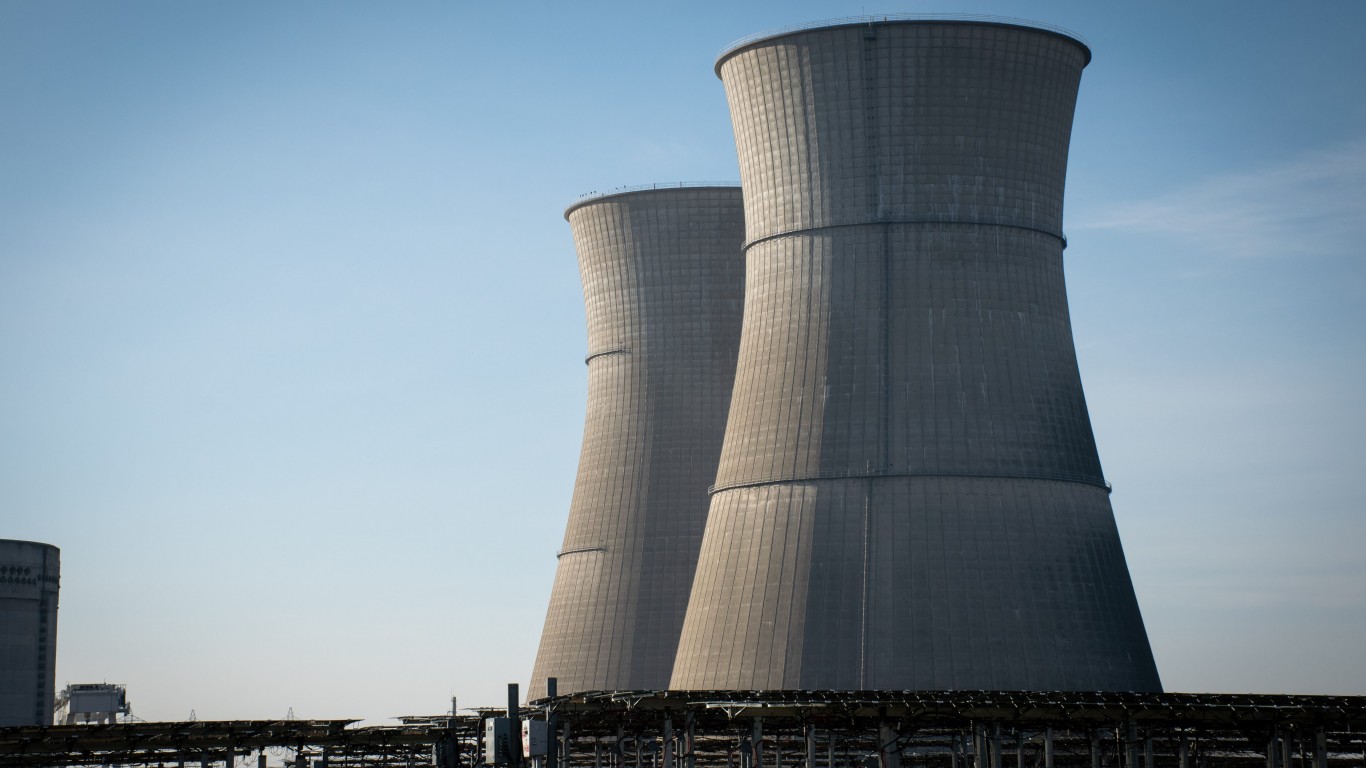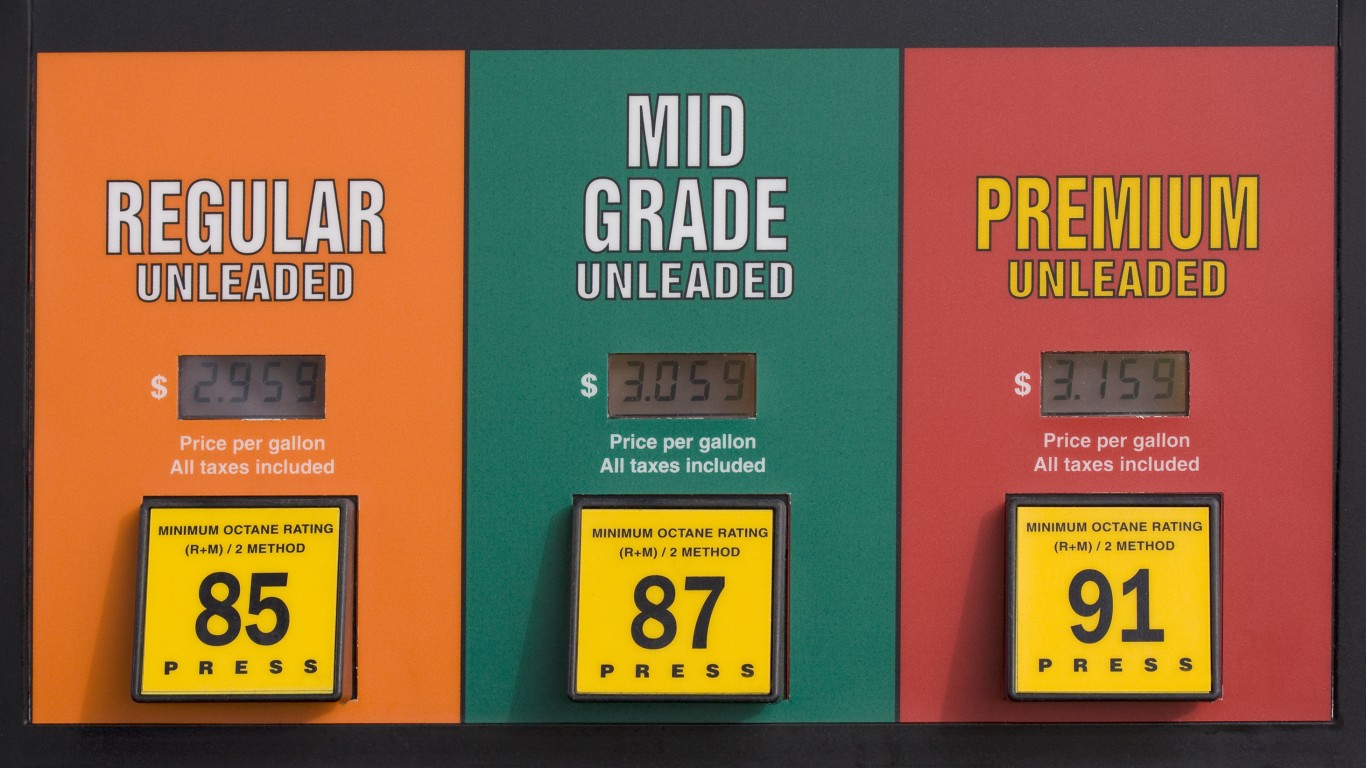 The Baltic Dry Index is rising from a low in December 2008 of about 660 (essentially zero) to about 1800 (only a little better) now, and the rise is producing a glimmer of hope for the global economy. The index attempts to put a number on the cost of shipping raw materials, like iron ore and coal, by sea. The index reached an all-time high of over 11,000 in May 2008.
The Baltic Dry Index is rising from a low in December 2008 of about 660 (essentially zero) to about 1800 (only a little better) now, and the rise is producing a glimmer of hope for the global economy. The index attempts to put a number on the cost of shipping raw materials, like iron ore and coal, by sea. The index reached an all-time high of over 11,000 in May 2008.
BHP Billiton Ltd. (NYSE:BHP) has noted a recent increase in demand for iron ore from China, and that has given the Baltic Dry Index its boost. The main question seems to be how long the boost will last? The bellweather appears to be tomorrow’s earnings report from ArcelorMittal (NYSE:MT), the world’s largest steelmaker.
But what Arcelor did last quarter and last year will have little relation to what the steel industry will be like going forward. The economic outlook for 2009 is, at best, weak for the first half, with recovery beginning in the second half. More likely is weakness throughout the year. And steelmaking is among the weakest sectors.
Arcelor’s third quarter 2008 shipments were lower by anywhere from about 7% to 25%, depending on the product. Company estimates for the fourth quarter cut production even more. There really isn’t any reason to believe that Arcelor’s forecast for 2009 will call for production increases.
Add to the likely Arcelor forecast the fact that US coal companies are forecasting lower shipments of the metallurgical coal used to make steel. Once coal producer even noted that steelmakers are using less than 50% of capacity. Turning that number around will take time.
The Baltic Dry Index is often a good predictor of what the economy will be doing. But in this case, the uptick in the index is barely moving the needle. And there’s little in the steel or coal forecasts to indicate any sort of sustained improvement.
Paul Ausick
Thank you for reading! Have some feedback for us?
Contact the 24/7 Wall St. editorial team.




